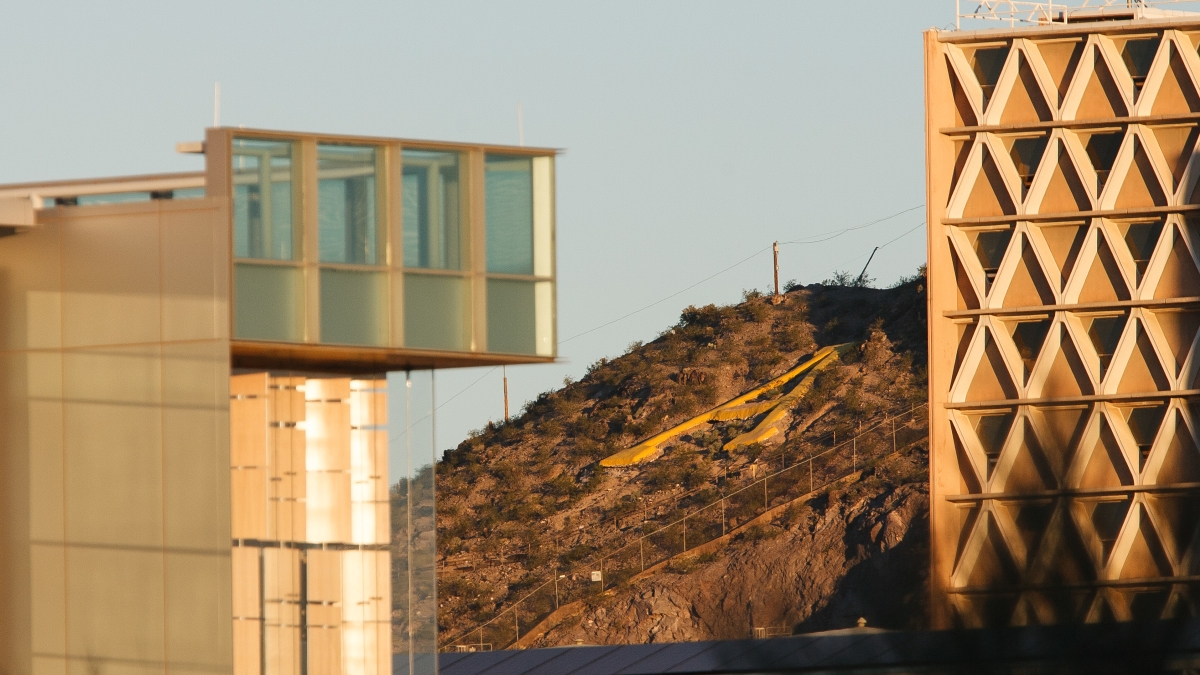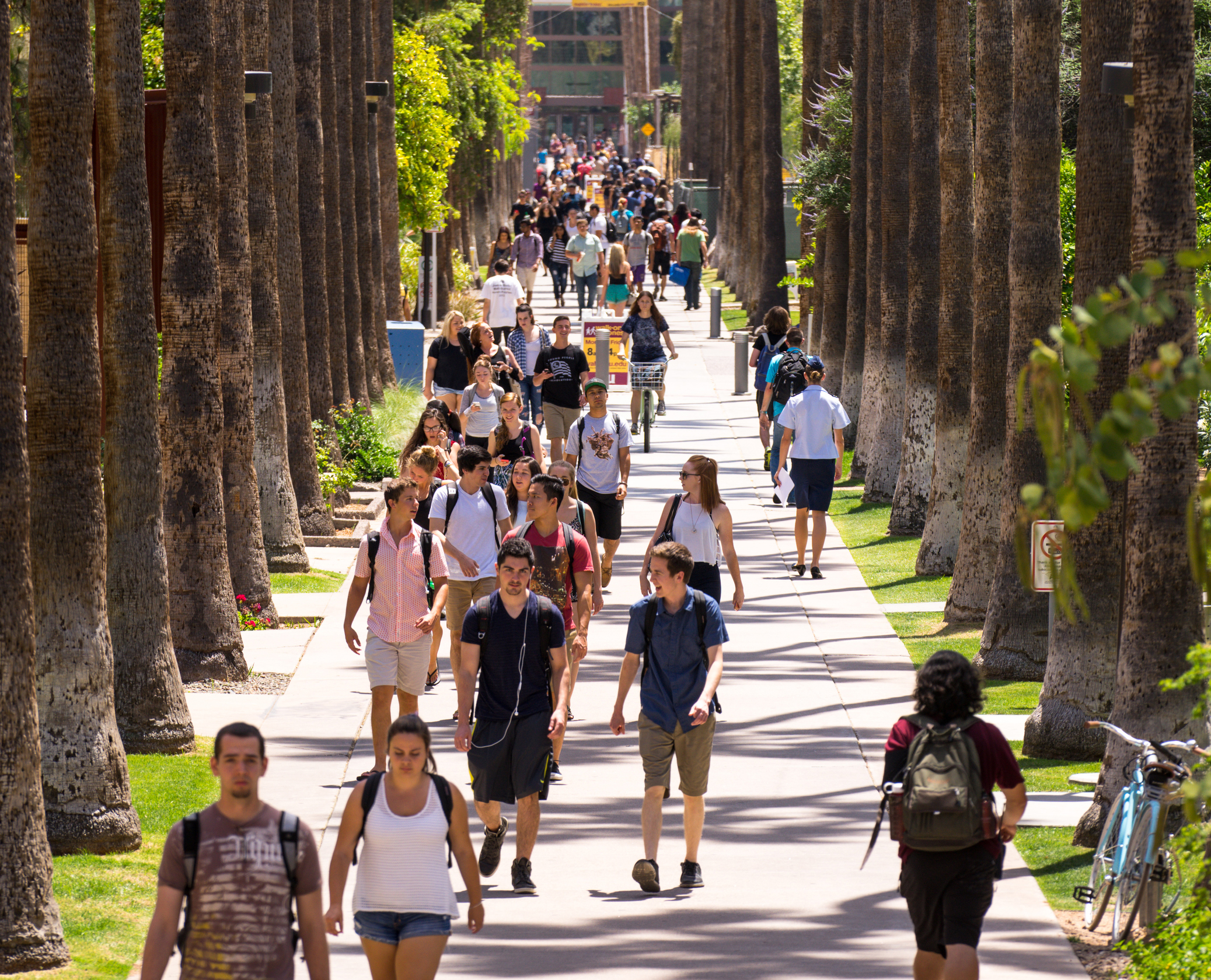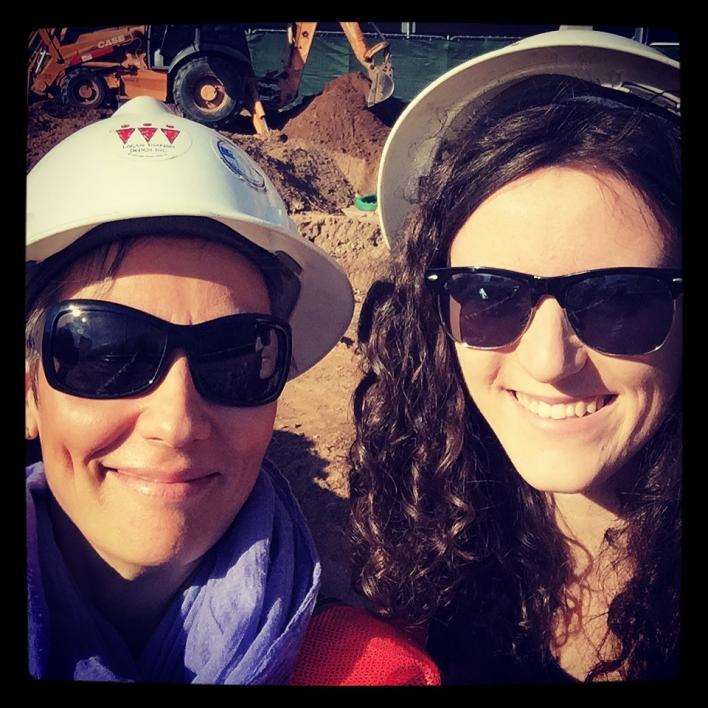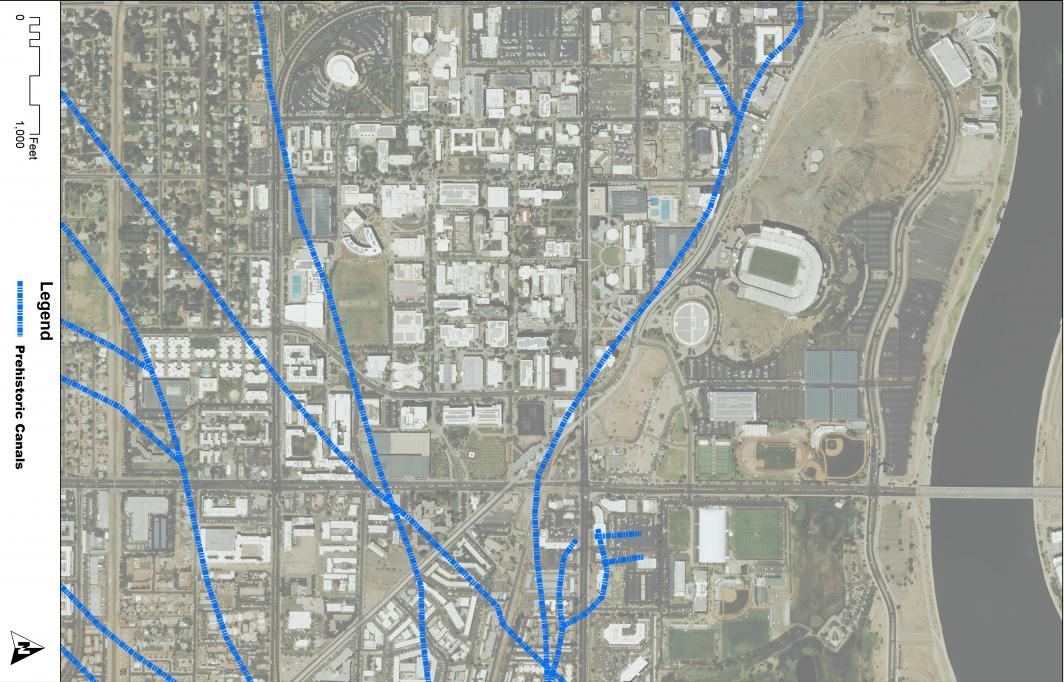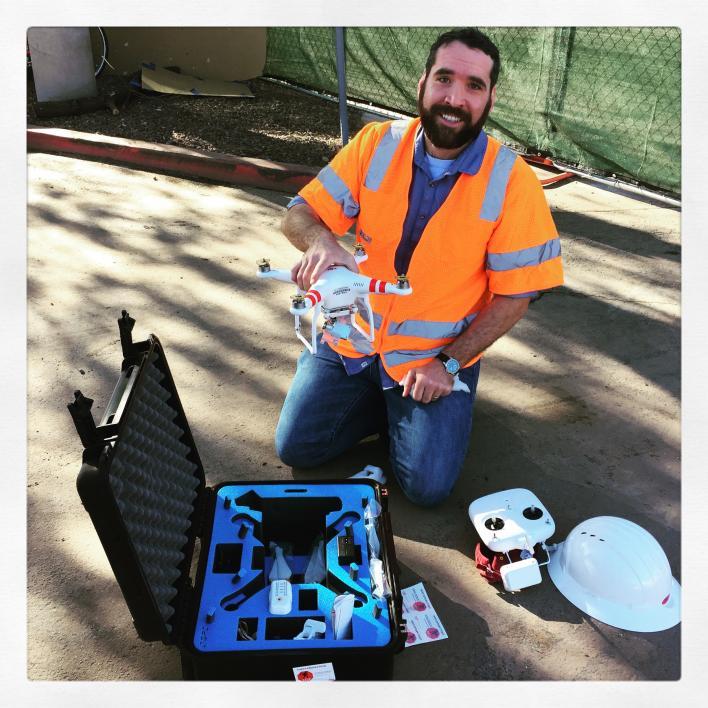When Kostalena Michelaki came to Arizona State University, she wondered about the history of this sprawling campus in central Tempe.
“When I first arrived here, I read of ASU’s New American University mission to ‘leverage our place,’ and wondered what this meant,” said the anthropological archaeologist in ASU’s School of Human Evolution and Social ChangeThe School of Human Evolution and Social Change is an academic unit of ASU's College of Liberal Arts and Sciences..
Michelaki, who is originally from Greece, also wondered what — or who — was here before ASU existed. She was amazed to learn that the Tempe campus sits right on top of expansive Huhugam (Hohokam) ruins that were here long before the university. Yet, that history is invisible to most of the ASU community.
Michelaki realized that ASU has a tremendous opportunity to explore this history and leverage its place, starting right here in our own neighborhood.
She believes that if students engage more with the ASU community and its history, they could feel more attached to this place and have a stronger sense of belonging.
In fact, several studies — such as one done by the Center for the Future of Arizona — show that a strong attachment to place promotes a higher quality of life. This, in turn, may help new students continue their education, enrich their college experience and give them skills to build better communities after graduation.
To make this goal a reality, Michelaki has partnered with research professor and museum studies director Richard Toon in a long-term project they call “Materializing the Invisible.” Together, they hope to transform ASU into an open-air museum with pop-up exhibits, art installations, performances, participatory community events and even augmented-reality experiences that will appear throughout the campus.
They also intend for students to work hand-in-hand with faculty from such disciplines as Native American and transborder studies, anthropology, geology, design, engineering and history, as well as local community and tribal leaders and elders. Together, they will reanimate the past, strengthen their connection to the present and re-imagine the future.
Dwelling on the past
There is a millennia of human settlement history where ASU sits today. And many peoples have called this area home, including the Mexican Americans of San Pablo and the Huhugam of La Plaza before them.
La Plaza was a Huhugam community that thrived from A.D. 700 to 1400 and stretched roughly from the southern base of Tempe’s “A” Mountain to Apache Boulevard, and from Mill Avenue to McClintock Drive. What is now Veterans Way was once “downtown” La Plaza, with pit houses, working areas for processing caliche (a building material) and platform mounds. Huhugam irrigation canals pass just south of Veterans Way, as well as right under Barrett, the Honors College. Throughout the campus area, the inhabitants of La Plaza kept their fields and field houses for generations.
Understanding those who walked the land before them will help students have a better connection and sense of belonging to ASU, says anthropological archaeologist Kostalena Michelaki. Photo by Charlie Leight/ASU Now
San Pablo was another historic community nearby; Mexican American families settled the area around 1872, and the neighborhood flourished there until the 1950s, when ASU began to expand. It was bordered by Fifth Street, University Drive, College Avenue and the Southern Pacific Railroad tracks.
Many of the people living there worked at Carl Hayden’s mill or the railroad. San Pablo’s community church, Our Lady of Mount Carmel (located on the northwest corner of College Avenue and University), was built in 1903 and is one of the oldest standing structures in the region.
The future of ASU’s past
Michelaki and Toon have begun putting together a diverse group of cross-disciplinary faculty and students, as well as tribal and Latino community members, who are keen to understand the Tempe campus as a meaningful place with a very long history.
They will organize this group into several teams of different, but complementary, skills. The team of “Storytellers” will include those who study the past and give us its stories, such as tribal elders, archaeologists, San Pablo community elders, historians and archivists. Together, they will help gather information about the peoples who have lived here.
A team of artists, modelers and designers, or “Visualizers and Materializers,” will make the collected data and stories come alive for a visual audience. The plan is for this team to also work on creating an app that will inform users of the archaeological sites found underneath various points on campus.
The “Educators” will teach students about the area’s history and get them involved in the project, as well as promote their sense of place and attachment to the ASU community. Michelaki and Toon intend to work with experts and develop classes about the history and archaeology of campus. At the end of these courses, students themselves could become storytellers or visualizers.
Finally, “Cultural Managers” will work to strengthen and systematize ASU’s relations with the private archaeology firms that undertake archaeological excavations on campus. The goal is for classes to be able to visit their excavations and for the recovered materials to be curated on campus, making them available to students, researchers and community outreach programs.
The ambitious project has already received funding from the Institute for Humanities Research, the Office of Knowledge Enterprise Development, the School of Human Evolution and Social Change and the Center for Archaeology and Society.
Ultimately, Michelaki and Toon aspire to build a stronger ASU community by connecting people through the campus’ impressive history. Unlike other historical campuses that highlight only a small part of their history and exclude the contributions of minorities, the archaeological approach embraced by Michelaki and Toon is based on positioning the Tempe campus as a place where all of its past is celebrated, discussed and re-interpreted.
Written by Mikala Kass, mkass@asu.edu
More Arts, humanities and education
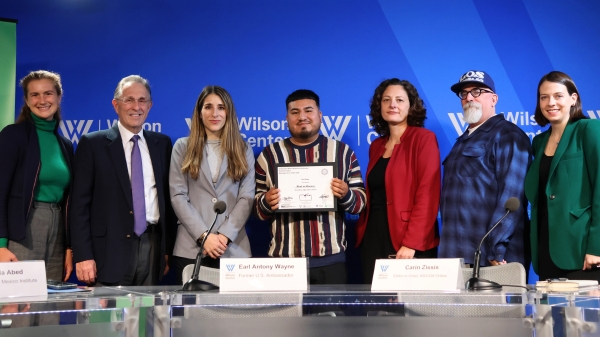
Kaleidoscope short film contest inspires powerful binational filmmaking in its second year
“We come to this country not to steal anybody’s jobs but to take advantage of the opportunities that the rest ignore. We’ve been taking care of the American soil for many years. But our hands will…
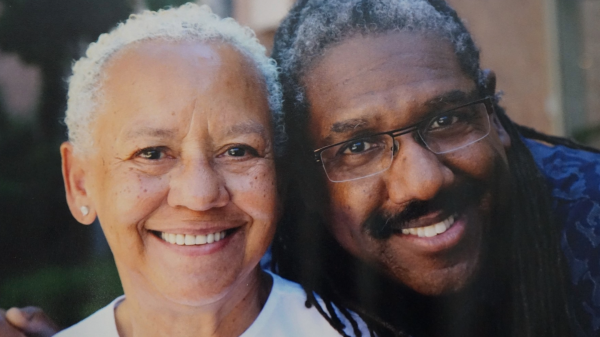
ASU's Neal Lester reflects on life, death of poet Nikki Giovanni
When Neal Lester heard on Monday that poet and activist Nikki Giovanni had died, the news hit hard.Lester, the founding director of Arizona State University’s Project Humanities and a Foundation…

Learning by stepping outside
By Adriana MaestasAmid a world increasingly captivated by all things digital, more than 200 Arizona teachers have crafted immersive educational experiences that nudge students to step away from their…
